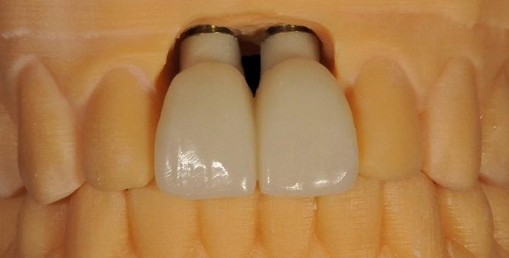Digital Impressions
Thanks to revolutionary software and engineering, digital impressions of teeth, gums and implants are more accurate and functional than ever before. Using CAD/CAM scanning, processing and manufacturing, crafting precision-fitting and lifelike dental restorations is a straightforward process with virtually no room for error.
Digital impressions go above-and-beyond traditional modeling practices and make it possible to recreate and design dental replicas such as crowns, bridges and other implants with the utmost accuracy and magnification. High-resolution digital impressions are utilized with ultramodern manufacturing processes to develop faultless products intended for lifelong use and durability.
The use of digital impressions greatly reduces the amount of time required to design and manufacture dental restorations and implants as well as simplifies the insertion and modification process once completed. Because digital models are employed in the production stages it becomes possible to reduce costs that would otherwise be required for time-consuming and expensive traditional modeling practices.
Digital impressions work by creating an intraoral scan of the affected area once it has been prepared by a dentist and sending the data to a computer where sophisticated software is used to evaluate and develop a virtual restoration based on the image. Precision parts for damaged or missing teeth and restorations are designed with the software after which the data is sent directly to a state-of-the-art milling machine where the virtual restoration becomes an exact replica of the required implant. The digital impression data implements factors and levels of glazing and discoloration of surrounding teeth which are impressed on the surface of the restoration in order to create a uniform and lifelike appearance and avoid a monochromatic and artificial look.
Using digital impressions in the process of crafting dental restorations and implants allows for the production of symmetrical, true-to-life replicas of your teeth and makes it possible to design restorations that would otherwise be difficult or impossible with traditional dental modeling.



